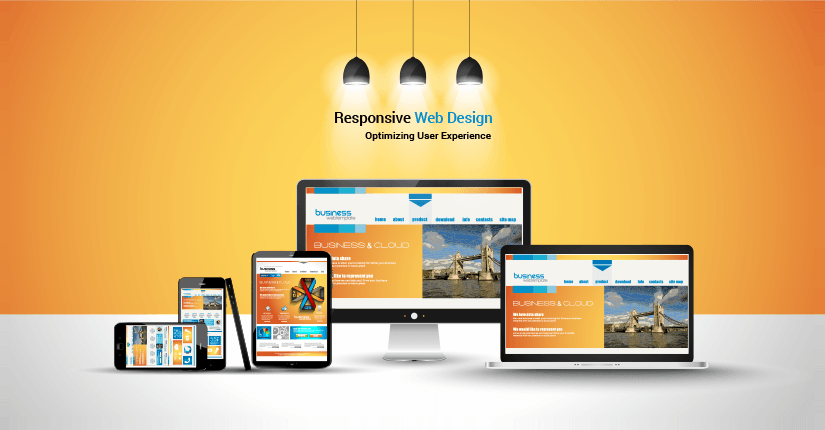Tube Rank: Your Guide to Video Success
Discover tips and insights for optimizing your video presence.
Responsive Web Design: The Secret Ingredient for a Happy User Experience
Discover how responsive web design transforms user experience and keeps visitors coming back for more. Unlock the secret to web success!
Understanding the Basics of Responsive Web Design: Why It Matters
Responsive web design (RWD) is an approach that ensures a website's layout adapts seamlessly to various screen sizes and devices, from desktops to smartphones. This versatility is achieved through flexible grid layouts, images, and CSS media queries, which allow the webpage to respond to the user's viewing environment. The core purpose of RWD is to provide an optimal user experience, making it easy for visitors to navigate and interact with the site regardless of the device they are using. In today's digital landscape, where mobile traffic accounts for a significant portion of web visits, understanding the basics of responsive web design is crucial for any web developer or business owner.
Moreover, having a responsive web design is not just about aesthetics; it also plays a vital role in search engine optimization (SEO). Search engines like Google prioritize mobile-friendly websites, which can directly impact search rankings. A well-designed, responsive site can reduce bounce rates and increase time spent on the site, signals that search engines consider when ranking pages. Therefore, by investing time in responsive web design, you can improve your website's visibility and accessibility, ultimately driving more traffic and potential customers to your business.

5 Key Benefits of Responsive Web Design for User Experience
Responsive web design is essential in today's digital landscape as it enhances user experience across various devices. One of the key benefits of this approach is that it offers a consistent user experience regardless of the screen size. This means that whether a visitor is accessing your site from a smartphone, tablet, or desktop, the content will seamlessly adjust to fit the screen. Such adaptability ensures that users do not encounter layout issues, making navigation straightforward and engaging.
Another significant advantage is improved loading speeds. A well-optimized responsive design enables faster loading times by providing users with a suitably sized and formatted version of your website. This not only keeps users engaged but also enhances your site's SEO performance as search engines prioritize speed and user-friendly experiences. Additionally, by implementing a single, responsive design, you can simplify your maintenance efforts and reduce the cost involved in managing multiple versions of your site.
Is Your Website Responsive? Signs to Look For and How to Improve
Ensuring your website is responsive is crucial in today's digital landscape. A responsive website adapts seamlessly to various screen sizes, providing an optimal user experience across devices. Here are some key signs to look for:
- Your website layout looks consistent and is easy to navigate on both desktop and mobile devices.
- Images and text resize appropriately without causing horizontal scrolling.
- Buttons and links are easily clickable, and touch elements are spaced well on smaller screens.
If your website doesn't meet these criteria, there are several steps you can take to improve its responsiveness. Start by using responsive design frameworks like Bootstrap or CSS Grid, which help structure your content flexibly. Additionally, consider implementing media queries to adjust styles based on screen size and ensure images are optimized to scale properly. Testing your website with various devices and screen sizes can also provide insights into necessary adjustments, allowing you to create a seamless experience for all users.